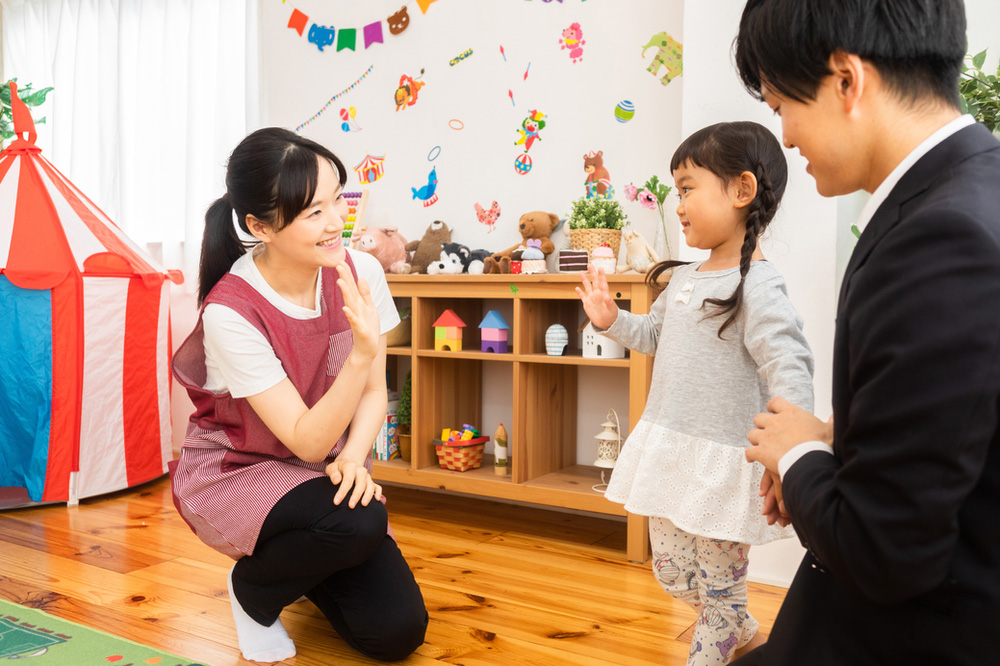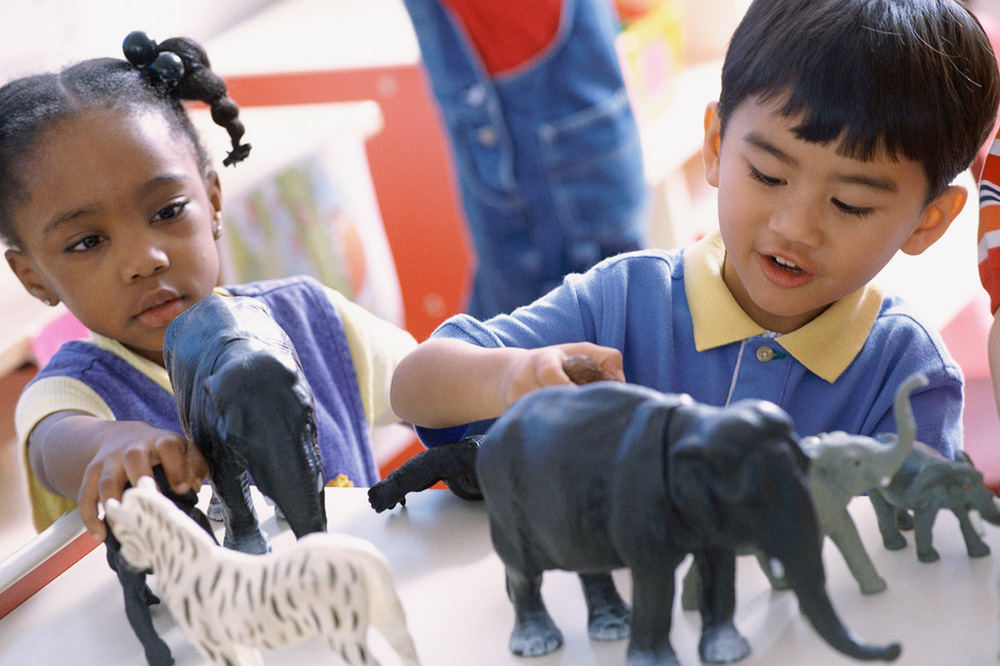The Sense of Belonging – A Powerful Connection
I can still remember my third year as a preschool teacher when I received a card in the mail from a mother whose son was in my classroom two years earlier. She thanked me for always making an effort to acknowledge her son as he timidly entered my classroom each day. A preschooler who, with only 42 months of existence on earth, had experienced the death of his father, moving from house to house living with different family members, and having a mom who worked two to three jobs to make ends meet.
At the age of 21, I thought I was just doing my job by saying hello and greeting each child as they entered my classroom, as well as finding time throughout the day to talk, play, and interact with them as a group and individually. Little did I know, I was actually creating a classroom community where each child had a place, felt included, and was a part of an early learning environment where they were valued. I was creating a sense of belonging for my students.
Our goal as early childhood educators is to create a classroom community where children have frequent opportunities throughout their day to develop their confidence and a strong sense of self. According to the article, ,Creating a sense of place: Considering routine, ritual, and belonging, developing a sense of belonging is not something that can be purchased in a prepackaged curriculum. It takes time and intentionality in order for teachers to be sensitive in meeting the abilities and needs of each child. It is during this time children can develop positive attachments with their teachers and classroom peers.
As teachers go through the busyness of their days, it is essential that they spend time developing those positive attachments. Some teachers may respond to this request with a – “when will I find the time to add this to my list of things to do”? My answer to that question is – “it’s easier than you think”. Let me share some quick tips that can support early childhood educators’ attempts at structuring a day that includes nurturing a child’s sense of belonging.
First on my list is my favorite – the morning greetings. Intentional morning greetings is a wonderful way for teachers to build on those positive attachments. Greeting each child with a smile signals that you are happy to see them and they belong there. Using a child‘s name helps you to personalize your morning greeting and helps the child to know the teacher recognizes the child’s presence within the classroom community.

Another tip includes getting to know what interests children. This is another wonderful strategy that can be used to help develop children’s sense of belonging. Teachers can find this strategy to be useful as they interact with young children in figuring out what they enjoy playing with or discovering the type of learner they are. For children to truly feel they are a part of a classroom community teachers need to make connections that are aligned with the interest of children.
Building a strong classroom community is the final tip I have to offer to my fellow early childhood educators. Teachers that encourage a strong sense of community provide a platform that supports children’s feeling valued. This can be done by assigning children a variety of classroom jobs, providing opportunities for autonomy and leadership, as well as creating an environment where diversity is encouraged.

A classroom community that fosters children’s sense of belonging is essential for learning to thrive. When early childhood educators use these strategies, they create a classroom that is intentional about making every child feel welcome and valued. It is a great start in the right direction in building positive attachments that support a child feeling safe and secure.
A sense of belonging contributes to children’s overall social and emotional development which is an essential aspect of school readiness. The role of early childhood educators is a big one – to set the stage in the classroom that creates an environment where children are a part of powerful connections with teachers that supports their self-image, self-worth, and the feeling that yells “I belong here”!
– Jerry Graham, SBVP VQB5 Specialist
